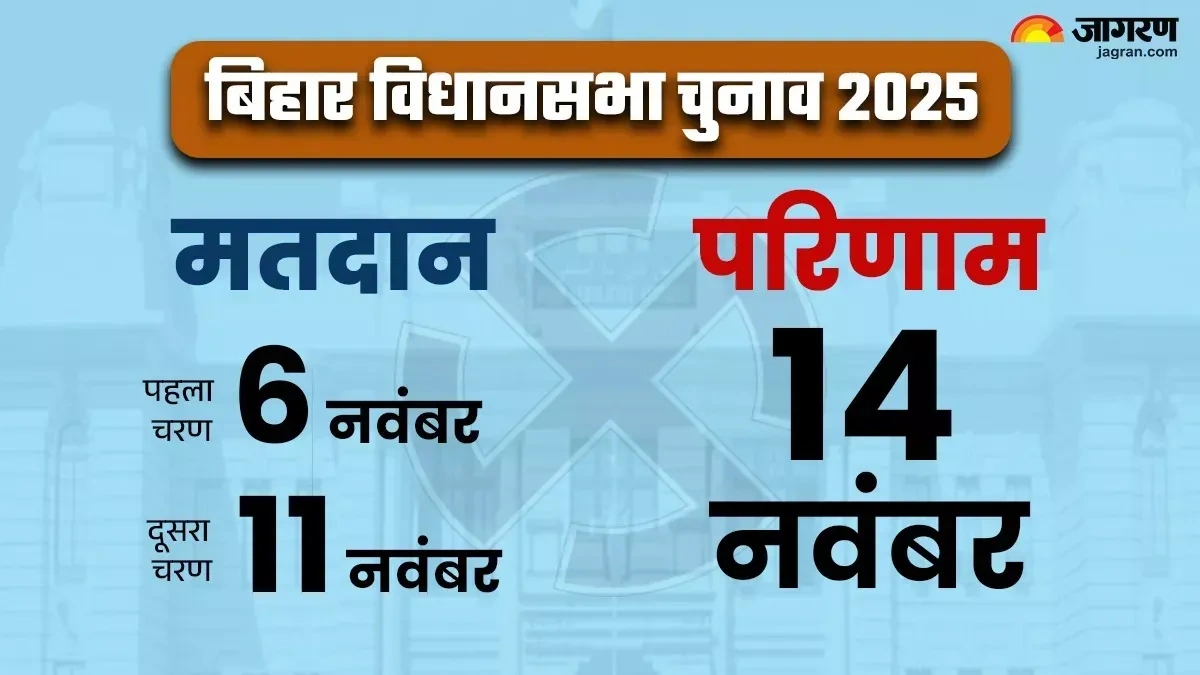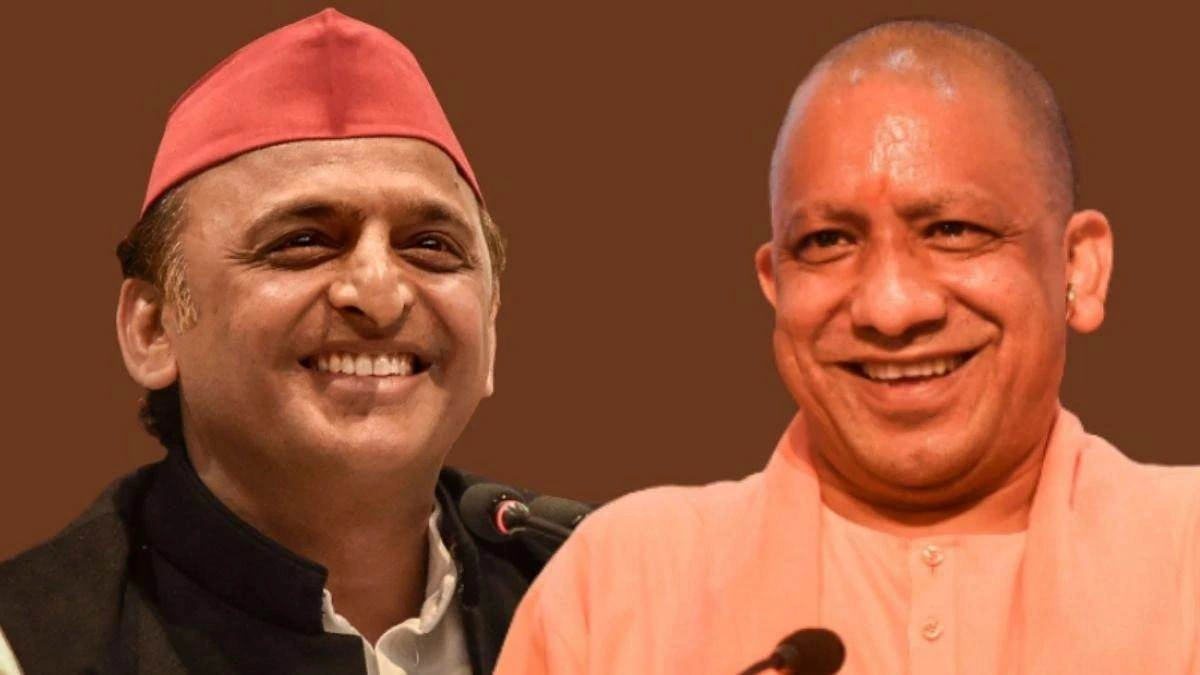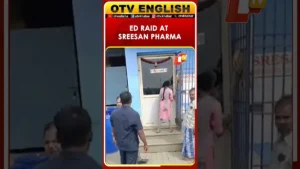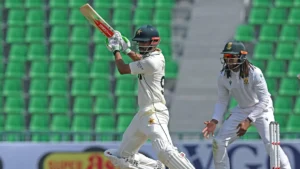Mehbooba claims shoe attack on CJI signifies moral decay of India under Modi’s governance
The claim by Mehbooba Mufti , former Chief Minister of Jammu and Kashmir, that the recent shoe-throwing incident targeting the Chief Justice of India (CJI) reflects a broader moral decline under the current Modi administration has sparked significant debate. But here’s the thing – this isn’t just about a shoe; it’s about what that shoe represents: a growing sense of frustration, alienation, and a perceived erosion of institutional respect. Let’s unpack this, shall we?
The “Why” Behind the Claim | Decoding Mehbooba’s Statement
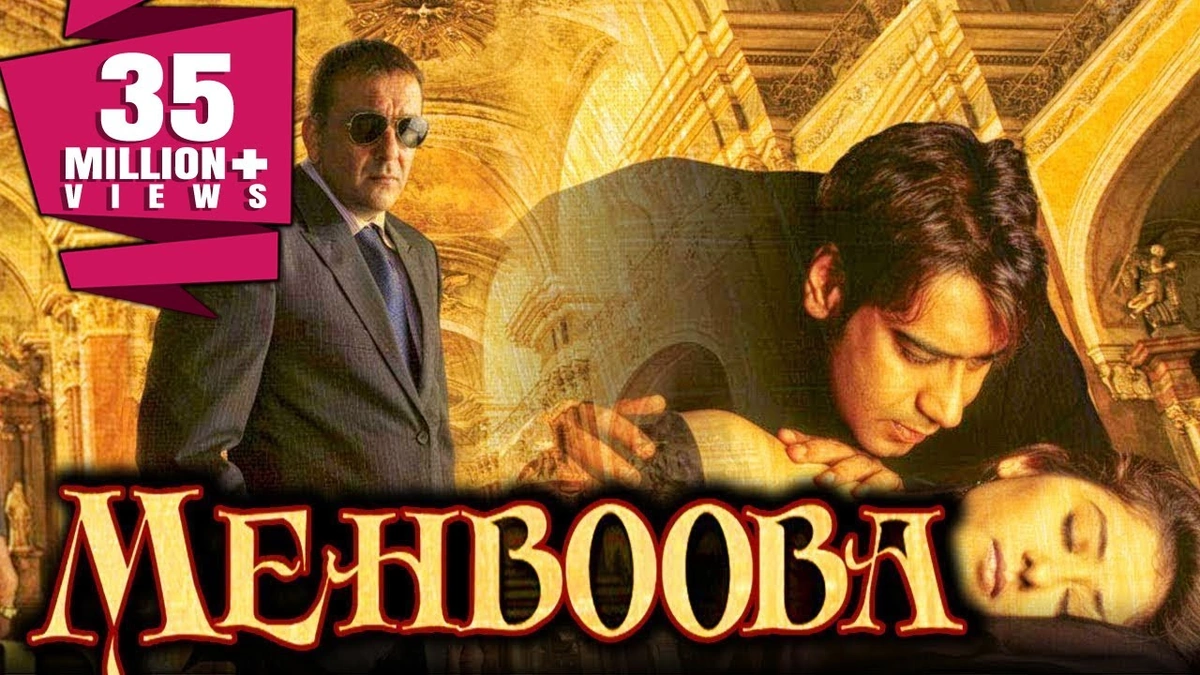
Mehbooba’s statement isn’t a standalone observation. It’s rooted in a specific political context. The PDP (Peoples Democratic Party), which she heads, has faced significant challenges since the abrogation of Article 370 and the reorganization of Jammu and Kashmir. Her critique needs to be understood within that framework. But, her point about the moral fabric – that’s where things get interesting. Are we seeing a decline in respect for institutions? Is dissent being expressed in increasingly extreme ways? The answer, I suspect, is nuanced.
One angle to consider is the perceived lack of accountability. When citizens feel their grievances aren’t being heard through proper channels, they might resort to desperate measures – like, say, throwing a shoe. This isn’t to condone the act, but to understand the frustration that might fuel it. The rise of social media, too, plays a role. Outrage spreads faster, and extreme views often get amplified, creating a distorted perception of reality.
The incident raises a critical question about the state of political discourse in India. Are we becoming more polarized? Are dissenting voices being silenced? Moral decay , as Mehbooba puts it, is a strong term, but it forces us to confront uncomfortable truths about the direction our society is heading. It’s crucial to analyze if this incident reflects a deeper malaise within the system. The abrogation of Article 370 is key to understanding her perspective. Since the abrogation, there’s been widespread discontent and it’s crucial to consider how this has affected the political climate and the perceived moral standing of the government.
The CJI Shoe Attack | A Symptom or a Singular Event?
Is this incident a bellwether, signaling a larger societal problem, or is it an isolated act of a disgruntled individual? Probably a bit of both. It’s easy to dismiss it as the act of a lone wolf, but doing so ignores the undercurrents of discontent that may be brewing beneath the surface. And let’s be honest, the symbolism of throwing a shoe – a sign of disrespect in many cultures – is hard to ignore.
What fascinates me is the speed at which this event was politicized. Before the dust had even settled, it was being used as ammunition by both sides of the political spectrum. This rush to judgment is itself a symptom of the hyper-polarized environment we live in. Consider also the reactions from various political factions. Did they condemn the act unequivocally, or did they try to spin it to their advantage? Their responses, I believe, are telling.
Modi’s Governance and the Accusation of Moral Decay
Connecting the shoe-throwing incident directly to Modi’s governance is a bold claim, but not entirely surprising given the political climate. Critics often point to policies and decisions made by the Modi government that they believe have eroded democratic institutions and undermined civil liberties. The demonetization exercise, the implementation of the Citizenship Amendment Act (CAA), and the handling of farmer protests are often cited as examples of policies that have fueled discontent and a sense of injustice. Political rallies in India, particularly those held by major parties, can also be significant indicators of public sentiment and political engagement.
But, it’s also important to acknowledge the successes of the Modi government. Initiatives like Swachh Bharat Abhiyan, Ayushman Bharat, and the push for digital India have undoubtedly had a positive impact on many lives. The question, then, is not whether the government has done good things, but whether the perceived negatives outweigh the positives in the eyes of a significant portion of the population. This leads us to the topic of Siddaramaiah . The discussion of any attack on the CJI often brings attention to the responsibilities and the performance of the individuals holding public office at the time.
Analyzing the Political Implications
This incident, and Mehbooba’s claim , are likely to further polarize the political landscape. It will be used by opposition parties to attack the government, and by supporters of the government to defend it. The real danger is that it will distract from more substantive issues and deepen the divisions within Indian society. What’s crucial is to move beyond the rhetoric and engage in a constructive dialogue about the challenges facing the nation. It is also necessary to consider the government’s perspective on the incident and its implications. A balanced analysis involves acknowledging both the criticisms and the justifications offered by different sides of the political spectrum.
The media, too, has a role to play. Instead of sensationalizing the incident, it should focus on providing accurate and nuanced reporting, and on fostering a more informed public discourse. This includes giving voice to marginalized communities and ensuring that all perspectives are heard.
Looking Ahead | Rebuilding Trust and Fostering Respect
Rebuilding trust in institutions and fostering a culture of respect requires a concerted effort from all stakeholders. The government must be more transparent and accountable, and it must be willing to engage in dialogue with its critics. Political parties must refrain from using divisive rhetoric and focus on finding common ground. And citizens must be more discerning in their consumption of information and more willing to listen to opposing viewpoints.
Ultimately, the shoe-throwing incident – whether it signifies a moral decay or not – should serve as a wake-up call. It’s a reminder that we need to address the underlying issues that are fueling discontent and division in our society. Only then can we hope to build a more just, equitable, and harmonious India. Otherwise, such expressions of anger may become increasingly common.
FAQ Section
What exactly happened in the CJI shoe attack?
Details surrounding the attack are still emerging, but the core incident involves an individual throwing a shoe at the Chief Justice of India during a public event. The motives and circumstances surrounding the event are still under investigation.
How has the government responded to Mehbooba’s claims?
Government officials have largely dismissed Mehbooba’s claims as politically motivated, emphasizing the government’s commitment to upholding democratic values and institutions. They may also point to various initiatives and policies as evidence of positive governance.
What are some examples of policies that have caused discontent?
Policies such as the demonetization exercise, the Citizenship Amendment Act (CAA), and certain economic reforms have faced criticism for their impact on various sections of society. The specific criticisms vary depending on the policy.
What if I want to learn more about the situation in Jammu and Kashmir?
You can consult resources from credible news organizations, academic journals, and government publications to gain a deeper understanding of the region’s complex political and social dynamics. Seek out diverse perspectives to form a well-rounded view.
How can I get involved in promoting more respectful dialogue?
Engage in constructive conversations with people who hold different views, support organizations that promote civil discourse, and challenge the spread of misinformation and hate speech online and offline. Encourage critical thinking and empathy in your interactions.
The deeper question here is: What kind of India do we want to build? An India where dissent is met with understanding and dialogue, or an India where frustration festers and erupts in acts of desperation?

